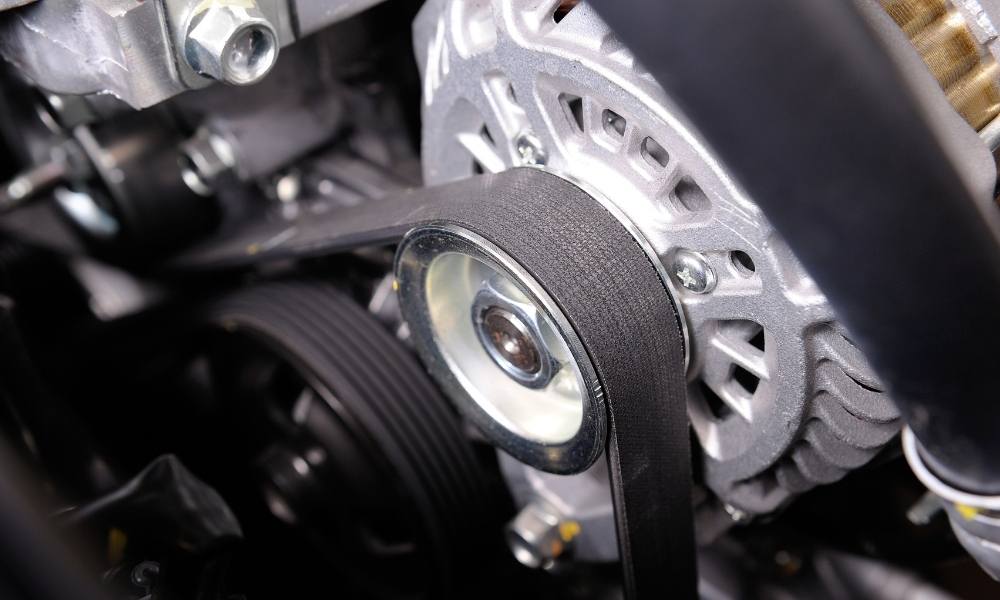
How to Change a Timing Belt on your Own
Replacing a timing belt is one of the problematic parts to change at home, requiring some engine knowledge to replace it. The good news is that if you are a quick learner, you don't need to attend classes to learn the technique. It will only take you a few hours to successfully replace a timing belt on your own. This article will guide you on step-by-step procedures to change the timing belt.
Changing a timing belt includes preparation and having the right tools, removing the worn-out timing belts, timing case removal, cogs marking, timing belt removal, water pump removal, and components reassembly. One also requires tools such as a wrench socket set, a set of Allen keys, bags made of plastic and a marker pen, leather gloves, a brand new timing belt, and a new antifreeze/ coolant.
Steps on how to Change a Timing Belt
One must replace the timing belts when they break due to wear, having hardware issues such as a poor idler pulley, a broken compressor, and oil or water leaks. The following are the steps to follow while replacing a timing belt on the vehicle:
Service Preparation
One needs to buy a new timing belt before replacing the worn-out one. If this is routine maintenance, one might want to get a replacement belt before getting rid of the old one because this will allow you to compare the two and ensure the new belt is the right one for the car. You can buy a timing belt at any auto parts store, and depending on the vehicle's engine, one will need to change it after every 180,000 kilometers. Additionally, assemble the details about the car to be aware of the vehicle's make, model, and year, as well as the kind and size of its engine. The use of VIN may be helpful because specific models may change even within a single model year. Don't forget to buy the necessary gaskets and gaskets sealant for reassembly. There are also kits for timing belts that come with other supplies and tools needed for the operation.
Disconnection and Removal
Firstly, Start the procedure by disconnecting the negative battery cables to enable a speedy resetting after repairs. Ensure the safety code of the radio system is present along with any preset radio stations on paper. Secondly, one should also remove the serpentine belt depending on the particular model of the vehicle by unscrewing the nuts to loosen them. To access the timing belt cover, remove any components such as the compressors, steering pump, and alternator to pave the way for removing the belt.
If the vehicle has a distributor cap, take it off where one might need to pull away the retaining clips and remove any screws keeping the caps in place. Some contemporary automobiles without distributors may feature electronic ignitions that will require a manual guide to know how to disconnect them. Thirdly, remove the engine cover and any other components that might hinder you from removing the timing belt cover. The specific elements you must take out of the car will depend on the model; refer to the service manual for more information.

Cog marking
It is also crucial to mark the cogs with a bit of white paint or chalk so that when one is reassembling the components back to the vehicle, it will be simpler for the cogs to be realigned.. Ensure to mark the top cam that coincides with the gasket and the upper part of the cog. Repeat the procedure on the bottom cam since they operate similarly.
Timing Belt Removal
Using any specific cam holding tools and adhering to the repair manuals instructions, unscrew the mounting screws or bolts attaching the timing belt tensioner. If the tensioner needs replacement, do not remove it. Then, check if the pulley has any dents or other damage signs. When the tensioner is spinning, listen for any noises that might suggest loose or worn bearings, such as rattling and buzzing. If the tensioner pulley has any signs of broken beatings and other damages, it is crucial to replace it.
New Timing Belt Installation and Reassembly
Before installing a new timing belt, check the water pump and timing belt pulleys to see whether they need replacement. If they are in perfect condition, install the new timing belt and reassemble the engine's other components correctly. When the ratchet is released, the piston may need to be compressed back into the cylinder if the vehicle has a mechanical timing belt tensioner.
Conclusion
The timing belt in your car's engine is in charge of ensuring that everything is running smoothly when one is driving. One must comprehend how the timing belt functions if one owns an automobile because buying the wrong timing belt may become loose or too tight due to differences in size. It is also advisable to check the manual for your vehicle to familiarize yourself with how to update a timing belt. For more information, visit here to order timing belts and if you are located within south Florida, visit our retail store.

